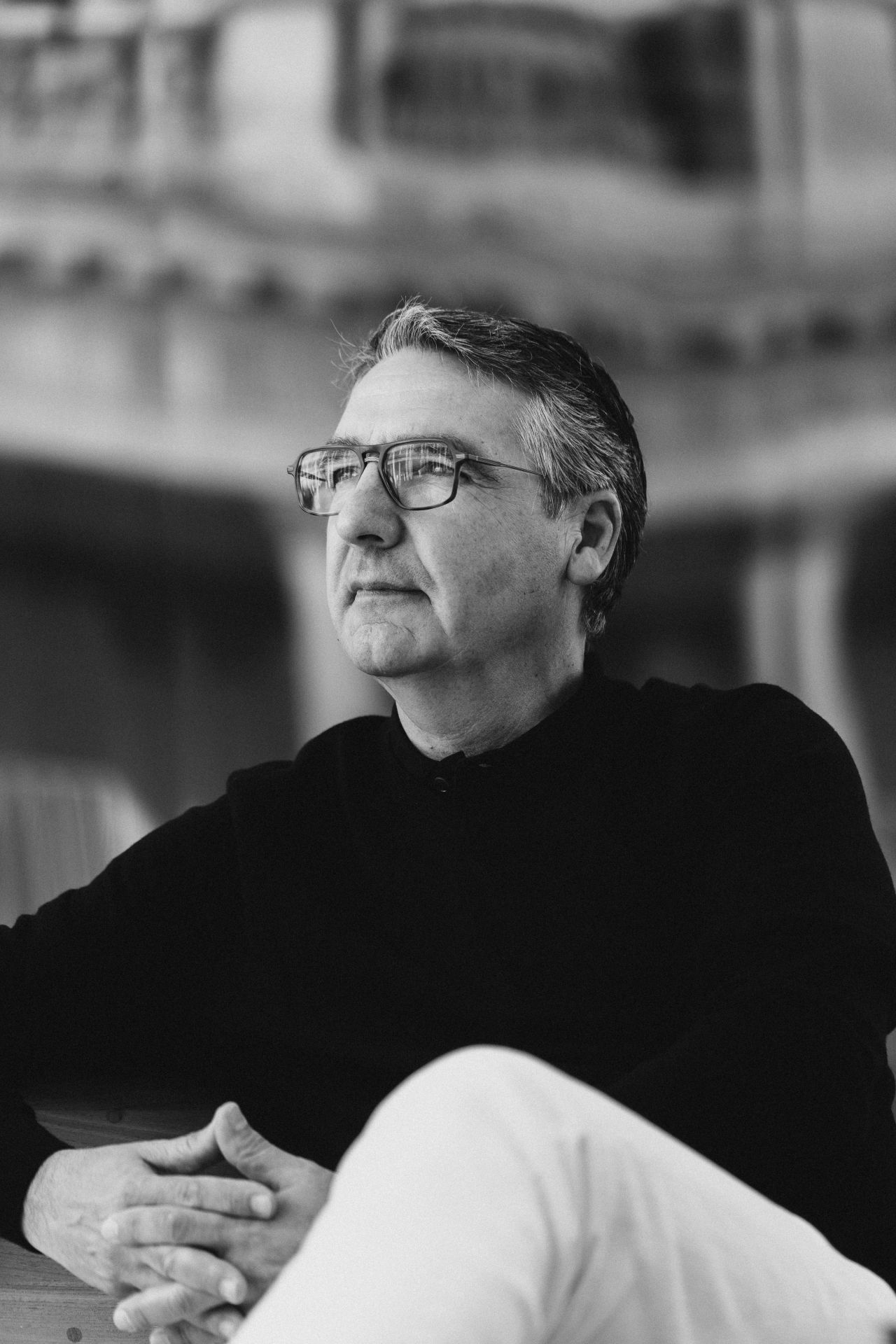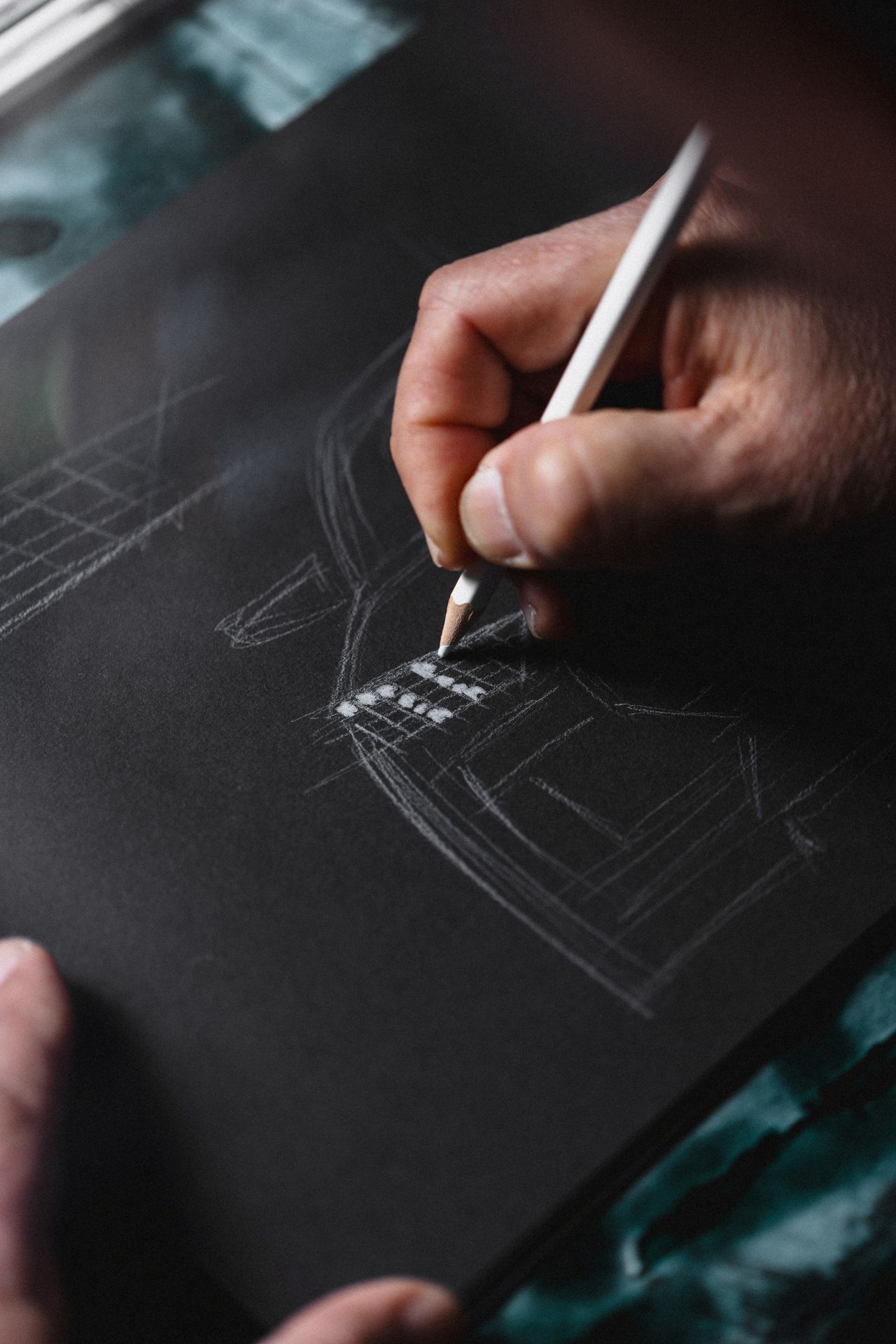Design Talk with César Muntada
César Muntada is the Head of Light Design at Audi. He talks about light and his passion for cars.
César Muntada, what is your background? Why did you decide to specialize in lighting design? And why cars?
That was a coincidence. In the famous Stanford speech by Apple co-founder Steve Jobs, he talks about the “dots”, the striking points in one’s own life that can only be meaningfully connected with each other in retrospect. So you have to have confidence along the way – in yourself and your decisions.
My grandfather had a company for illuminated advertising in Barcelona in the 60s. His studio was near Avinguda Diagonal, and at the very top of the building he had constructed an owl about nine meters high made of light bulbs as an advertisement for his company. The owl’s eyes could wink, the feathers moved and underneath it was written “Magical Powers”. The owl was later extensively restored and still looks over the city day and night. I remember that many people were fascinated by it.
Later, the dots were linked to my job at Audi. Light plays an important role in my home town of Barcelona and then there is the family aspect in my family. Originally, I studied car design, but it was pure coincidence that I was offered to do lighting design. I immediately said yes because it was clear to me how much you can create with light
When it comes to lighting design, the first thing people think of is lamps. Is it so different to design a pendant or a floor lamp for a home than headlights for a car?
In principle, I would first say: No. When designing a car — as in all other adjacent areas such as the interior — there are always three steps in the best case. The reduction and the question: What can be removed? So «less is more». Integration, «more from less», which raises the question of how to do more with less and connect things in an aesthetically and functionally appealing way. And in the third step, the question of how the new can be better than the solution before it. So «less but better» — and that is the progress we need.
Nevertheless, a car is probably the most complex «design piece» there is, so many elements from the most diverse areas have to work. Automotive lighting design must meet the highest standards of durability, safety and quality. And we should not forget that a car is in motion, so that the way we use and perceive its lights is changing constantly.
But in the end, light — through which form it is transported — is about the effect it has on people: Light is in motion and creates emotion anywhere, anytime.
What makes Audi headlights so special?
During the day, lighting design complements the design of the car, at night it is the design. Because the proportions and contours of the car are then no longer visible. That’s why the light design is so important to the brand Audi.
Technology plays a major, even decisive role in vehicle lighting, and as Audi light designers we feel the need to understand any technology in order to open new design possibilities. At Audi, we use design to make function – i.e. our “Vorsprung durch Technik” – visible and tangible with design. Our vehicle light not only fulfils safety-relevant functions, but is also a differentiating factor for the Audi brand. More than 15 years ago, we started designing the daytime running lights, adding an aesthetic dimension to the function.
With us, not only do the individual models get their own character through light, but the driver can also express themselves very differently depending on the mood and vehicle. With our Audi light, you can drive on Monday with a completely different intention than on Tuesday and Wednesday, expressed by the selected light animation that shows when opening or closing the car due to the change of light signatures in the front and rear. Just as you can express the different aspects of your own personality or current mood with your choice of clothing or accessories. In some of our models we do that even by projecting different light animations on the road or on the wall in front of the car when parking.
We hear more and more often that customers of other brands ask their dealers whether they can also order “Audi lights”, i.e. our daytime running lights. Our product has become synonymous with design, quality and innovation.
Can you tell us more about the technological innovations that you have developed for the Audi Q6 e‑tron?


